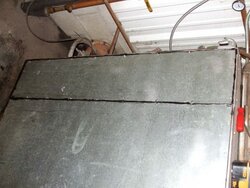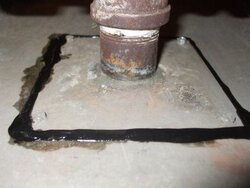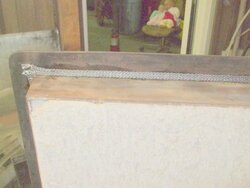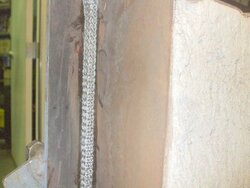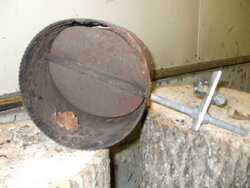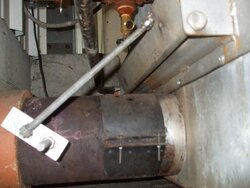Hello gents, this is my first post here. This is a great site with lots of people who have a lot of valuable knowledge about woodburners.
Me and a friend of mine who runs a small fabrication shop built me a Seton 130, just got it going about 2 weeks ago. What kind of flow rate are you guys running thru yours? I know every situation is different, but it seems to me that the only way to get these units to function properly is to have a pretty snappy flow rate thru them. I am running a Taco 0011, don't have any idea what my GPM's are, but it would shut down in less than 5 minutes with an 008 on it. Seems to be working much better now, getting hot water into my inside (propane) boiler a lot quicker and will keep that water temp steady and even climbing a bit even with all 3 zones running in the house.
Thx, Pat
Me and a friend of mine who runs a small fabrication shop built me a Seton 130, just got it going about 2 weeks ago. What kind of flow rate are you guys running thru yours? I know every situation is different, but it seems to me that the only way to get these units to function properly is to have a pretty snappy flow rate thru them. I am running a Taco 0011, don't have any idea what my GPM's are, but it would shut down in less than 5 minutes with an 008 on it. Seems to be working much better now, getting hot water into my inside (propane) boiler a lot quicker and will keep that water temp steady and even climbing a bit even with all 3 zones running in the house.
Thx, Pat


